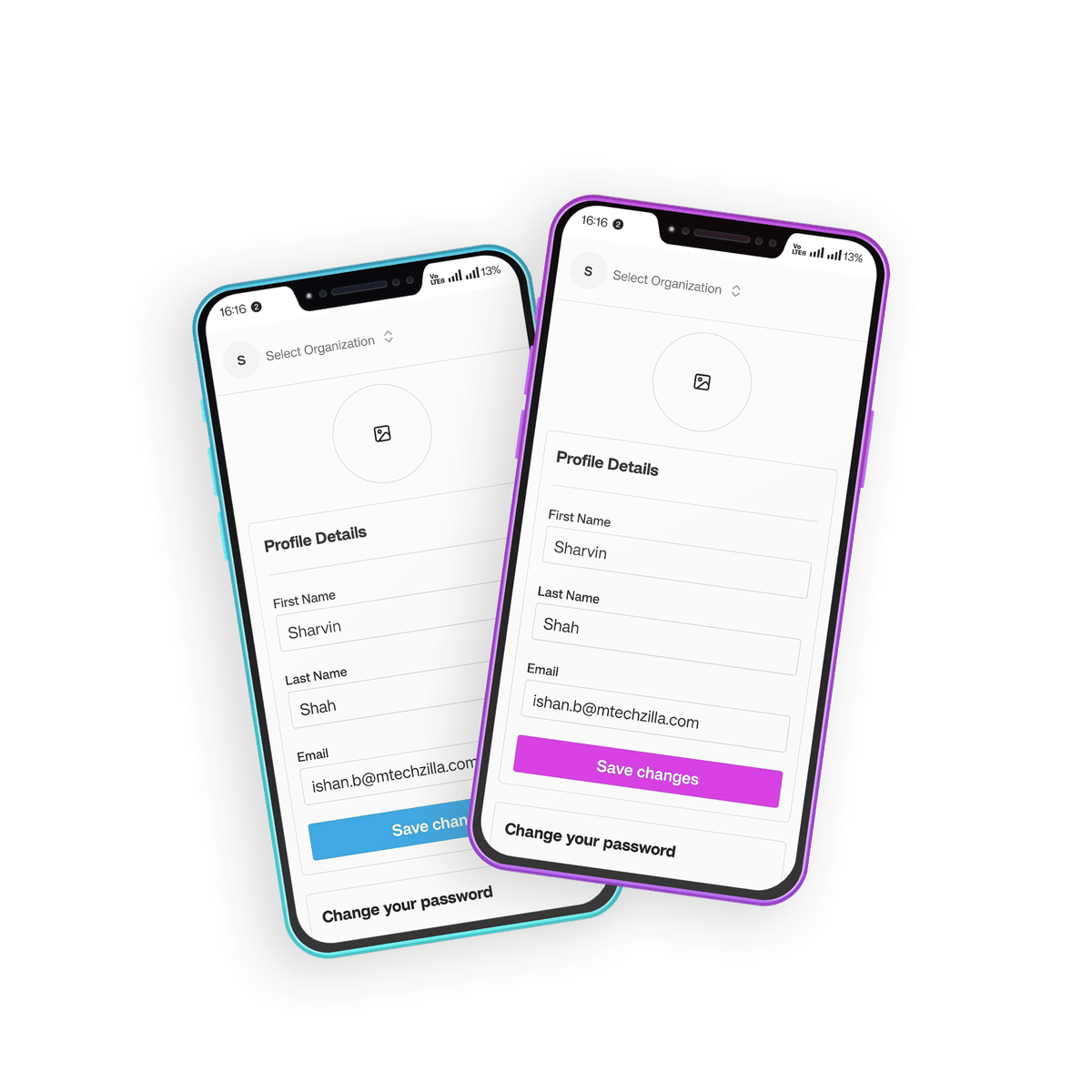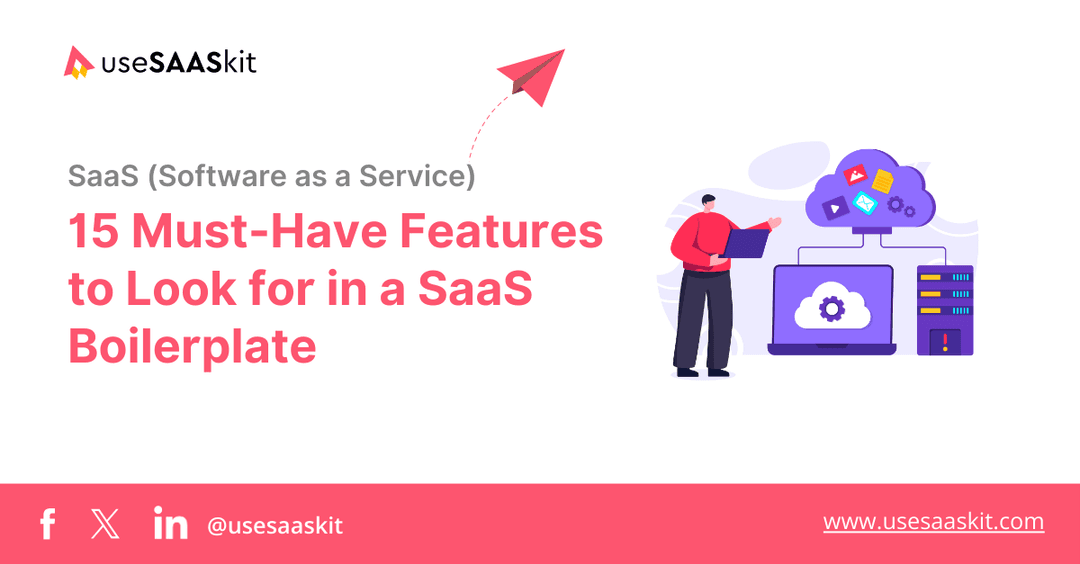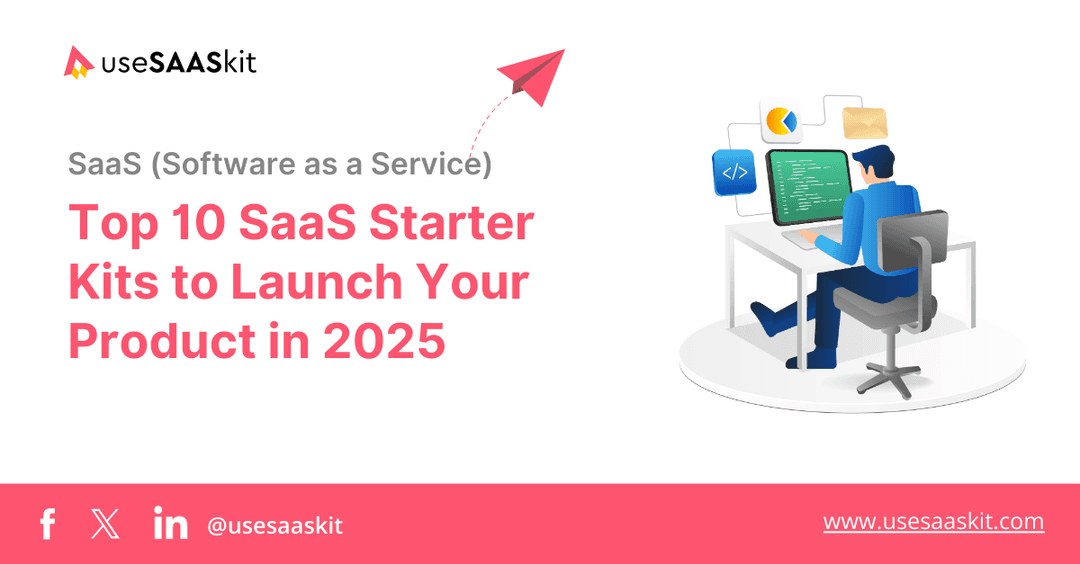Sunday, 08 Sep 2024
5 min read
How to Choose the Right Tech Stack for Your SaaS Startup

Selecting the right tech stack for your SaaS startup is one of the most critical decisions you'll make as a founder or developer. A well-chosen tech stack can accelerate your product's development, make scaling easier, and keep costs under control. On the other hand, a poorly chosen one could lead to technical debt, slower growth, and frequent headaches. In this blog post, we’ll dive into the key factors to consider when selecting your tech stack, comparing some of the most popular tools and frameworks, such as Next.js, Supabase, Resend, TailwindCSS, and Stripe.
By the end, you'll have actionable insights to help you make an informed decision on how to choose a tech stack for your SaaS startup.
Table of content
- What is a Tech Stack?
- Key Factors to Consider When Choosing a Tech Stack
- Cost
- Community and Support
- Security
- Flexibility
- Practical Tips for Choosing Your Tech Stack
- Conclusion
What is a Tech Stack?
A tech stack is the combination of programming languages, frameworks, libraries, and tools used to build a web or mobile application. It typically consists of two parts:
- Frontend: This is what users interact with. For example, in a SaaS product, the dashboard, login forms, and user profiles are part of the frontend.
- Backend: This includes the server, database, and application logic that power the frontend. It handles data processing, user authentication, and more.
Choosing the right tech stack for your SaaS startup requires balancing several factors such as scalability, ease of use, cost, community support, and the specific needs of your business.
Key Factors to Consider When Choosing a Tech Stack
Scalability
One of the primary considerations for any SaaS business is scalability—the ability of your system to handle increasing traffic and workloads. As your user base grows, you’ll need a stack that can scale with it without major refactoring or increased complexity.
- Supabase, a popular backend option, offers seamless scaling due to its integration with PostgreSQL and real-time functionalities. It allows you to grow without worrying about the underlying infrastructure as your database size increases.
- Next.js, being built on top of React, offers a highly scalable frontend solution, especially with its Server-Side Rendering (SSR) capabilities, which make it easier to handle large amounts of traffic.
Ease of Use and Learning Curve
As a startup, time is a crucial resource. You want a tech stack that allows you to develop and launch quickly, without a steep learning curve. The easier your stack is to use, the faster you can iterate on your product.
- Next.js is a developer-friendly framework that abstracts much of the complexity around routing, state management, and server-side rendering, making it an excellent choice for both experienced and junior developers. Its integration with Vercel allows for rapid deployment and continuous development.
- TailwindCSS is a utility-first CSS framework that simplifies styling by allowing you to compose classes directly in your HTML. It saves time compared to traditional CSS by removing the need to write custom styles for every element.
- Supabase makes backend development straightforward by offering out-of-the-box authentication, real-time data updates, and easy database integration.
Cost
SaaS startups need to be mindful of their budget. A stack that is cost-effective at the beginning may become expensive as you scale, or vice versa. Be sure to evaluate the pricing models of the tools in your stack.
- Next.js: Free and open-source. However, hosting services like Vercel offer premium plans as you scale.
- Supabase: Free tier with limited usage, making it ideal for early-stage startups. However, as you scale, the pricing depends on the number of active users, storage, and bandwidth.
- Stripe: Free to integrate but takes a small percentage of each transaction. As your revenue grows, these fees can add up.
- Resend: If your SaaS relies on sending transactional or marketing emails, Resend offers a scalable and straightforward pricing model with high deliverability rates.
- TailwindCSS: Free to use. Minimal additional costs as it integrates with the rest of your stack easily.
Community and Support
A tech stack with strong community support can save you countless hours. If you run into issues or need to expand your platform, you’ll want tools and frameworks that are actively maintained and supported by a large community.
- Next.js has a thriving ecosystem. You'll find extensive documentation, tutorials, and community forums. Its creator, Vercel, provides ongoing updates, ensuring you're always working with a modern framework.
- Supabase has gained a strong following in the developer community. Their GitHub repository is active, and there are forums and Slack channels for developer support.
- TailwindCSS has a passionate community and is frequently updated with new features. It’s easy to find pre-built components and snippets that make building UIs faster.
- Stripe is widely used and trusted across industries. You'll find extensive documentation, SDKs, and libraries in various programming languages. Additionally, Stripe offers 24/7 support for developers.
Security
Security should always be a top priority when choosing a tech stack for your SaaS startup. Security vulnerabilities can lead to data breaches, loss of customer trust, and significant financial penalties.
- Next.js helps mitigate common web vulnerabilities with server-side rendering, built-in routing protection, and NextAuth for authentication.
- Supabase simplifies secure database management by providing authentication and authorization systems out of the box, helping you safeguard user data.
- Stripe is PCI-compliant by default, so you don’t have to worry about storing credit card information securely.
- Resend ensures high deliverability and protects against spam, ensuring that your transactional emails are both secure and reliable.
Flexibility
Some startups need a flexible stack that can integrate easily with other tools and technologies.
- Next.js integrates smoothly with a variety of third-party services and APIs. Whether you’re adding analytics tools or connecting to a headless CMS, Next.js’ flexibility makes it easier to adapt to your changing needs.
- Supabase provides flexibility by offering real-time capabilities, a RESTful API, and direct access to PostgreSQL, giving you more control over your backend.
- Stripe can be integrated into almost any stack and offers APIs for payments, subscriptions, and invoicing, making it an excellent choice for any SaaS startup.
Practical Tips for Choosing Your Tech Stack
- Start Small and Scale: Don’t over-engineer your tech stack from the beginning. Start with lightweight, easy-to-use tools like Next.js and Supabase that allow for rapid development and adjust as you scale.
- Consider Your MVP: If you’re building a Minimum Viable Product (MVP), choose tools that allow you to build fast, such as TailwindCSS for styling and Stripe for payments. You can always refactor later.
- Evaluate Documentation and Support: Make sure the tools you select have comprehensive documentation. A strong support network can help you overcome challenges faster.
- Balance Flexibility with Simplicity: While flexibility is important, simpler tools that integrate easily can often help you get your product to market faster.
- Security from Day One: Choose tools with strong security features baked in, like Stripe for payment processing and Supabase for user authentication.
Conclusion
The right tech stack for your SaaS startup depends on your specific needs, including scalability, cost, and ease of use. Frameworks like Next.js and Supabase provide the scalability and flexibility needed for modern SaaS applications, while tools like TailwindCSS and Stripe can accelerate development and handle payments securely.
Ultimately, the best tech stack is one that helps you build your product quickly without sacrificing quality or future scalability.
Ready to choose the right tech stack for your SaaS startup? Whether you're building an MVP or scaling to enterprise-level, take time to evaluate your options and make informed decisions that set you up for success.
If you're looking for a head start, check out our upcoming Next.js Supabase SAAS templates designed specifically for SaaS development.



